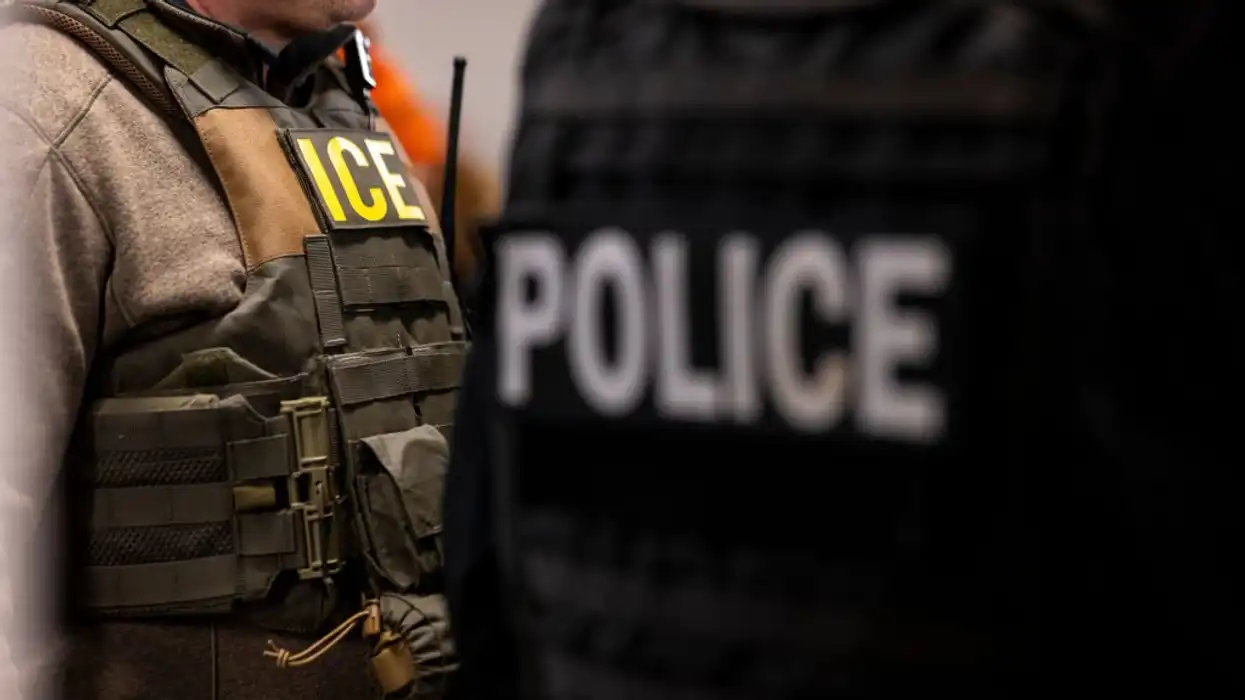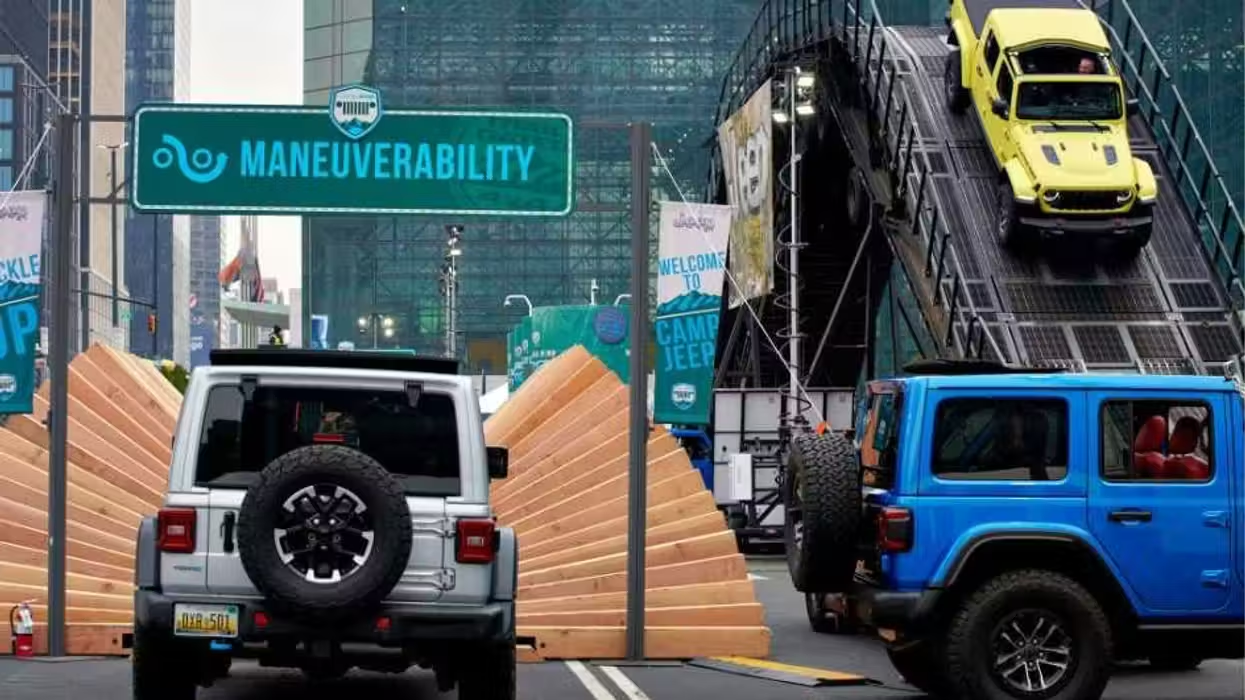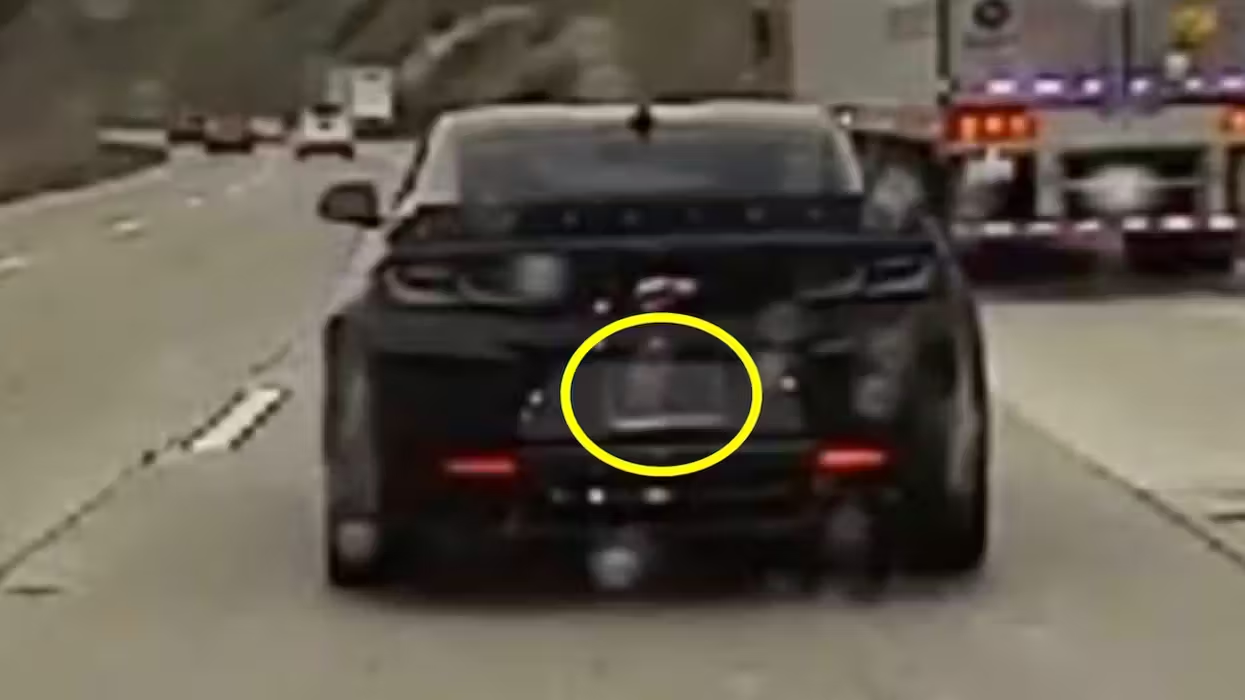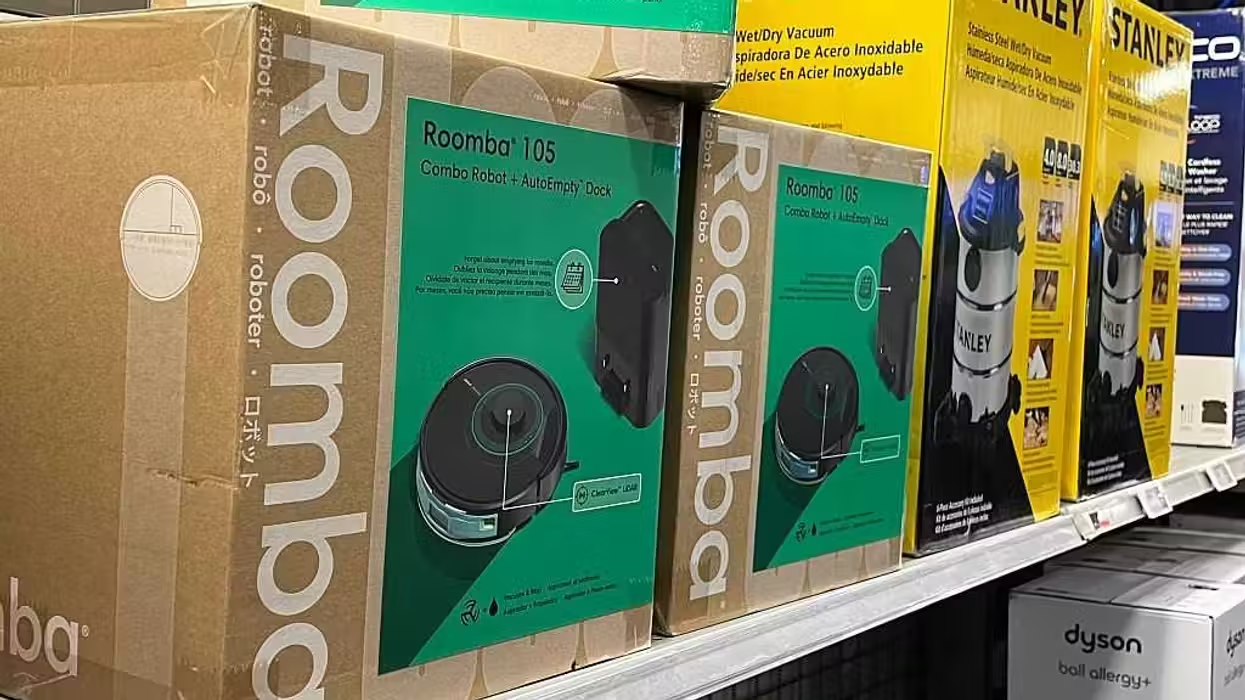
© 2026 Blaze Media LLC. All rights reserved.

LAS VEGAS (The Blaze/AP) -- Nevada drivers could soon be sharing the road with vehicles that don't need them.
Department of Motor Vehicles officials said Monday they've issued Google the nation's first license to test self-driving cars on public streets, after conducting demonstrations on the Las Vegas Strip and in Carson City that show the car is as safe -- or perhaps safer -- than a human.
(Related: 'No hands': Blind man tests Google's self-driving car)
"It gets honked at more often because it's being safe," said Nevada DMV Director Bruce Breslow.
But Google's self-driving car is not the only one vying for attention. It's just a little ahead of the game. Other manufacturers such as GM, Volkswagen and Mercedes are working to bring the similar technology to their cars as well.
While Google's driverless car has already logged more than 250,000 hours on the road, GM's Cadillac only more recently began testing its semi-autonomous "Super Cruise" technology. According to a recent press release, the company developed a system using fusion of radar, ultrasonic sensors, cameras and GPS map data to steer, brake and center the car in both open highway and bumper-to-bumper traffic.

“'Super Cruise' has the potential to improve driver performance and enjoyment,” Don Butler, vice president of Cadillac marketing, said in a statement. “Our goal with advanced technologies, like this and our CUE system, is to lead in delivering an intuitive user experience.”
When "external factors" like weather or missing lane lanes cause important data to be unavailable for the car to drive itself, the human driver will take over. Cadillac believes Super Cruise will be available mid-decade.
Check out this promotional video to learn about Cadillac's "Super Cruise" system:
Slashgear reports this isn't the only vehicle GM is working this technology into. The car manufacturer with Carnegie Melon University's DARPA challenge teams outfitted a Chevy Tahoe to run autonomously as well. Although, as Slashgear notes, the SUV is further away from mainstream production than the company's sedans.
Similarly, Slashgear reports Volkswagen is also looking to the ingenuity of DARPA entrants from the Urban Challenge at Stanford during the development process of this tech:
Their Temporary Auto Pilot system is meant to assist human drivers rather than replace them, allowing for a safe transition to computer control if the driver falls asleep or becomes unconscious. Though the TAP system has gained millions of Euros in funding, there’s no concrete plans to put it into production vehicles at the moment.

Adding to the group is Mercedes, which SlashGear reports is considered the furthest of all the manufacturers from bringing their self-driving cars to the showroom floor.
(Related: Want to see Mercedes' 'invisible' car? Here's the awesome video)
All in all, Google continues to lead the pack with its test license for three of its vehicles. These privileged cars will have license plates colored red and an infinity symbol. Once they're ready for the market -- something Breslow guesses could come in three to five years -- the plates will be green.
Want to leave a tip?
We answer to you. Help keep our content free of advertisers and big tech censorship by leaving a tip today.
Want to join the conversation?
Already a subscriber?
more stories
Sign up for the Blaze newsletter
By signing up, you agree to our Privacy Policy and Terms of Use, and agree to receive content that may sometimes include advertisements. You may opt out at any time.
Related Content
© 2026 Blaze Media LLC. All rights reserved.
Get the stories that matter most delivered directly to your inbox.
By signing up, you agree to our Privacy Policy and Terms of Use, and agree to receive content that may sometimes include advertisements. You may opt out at any time.






